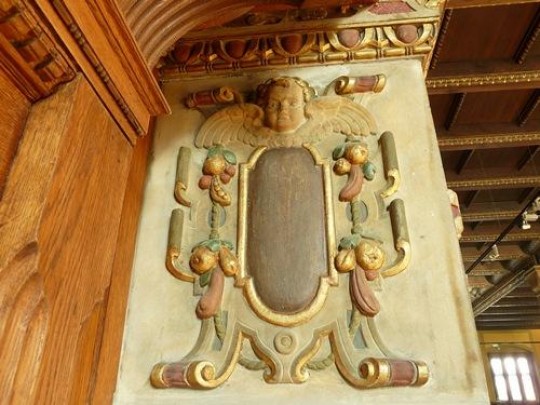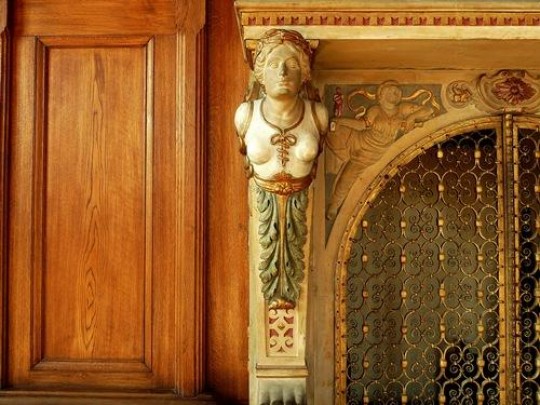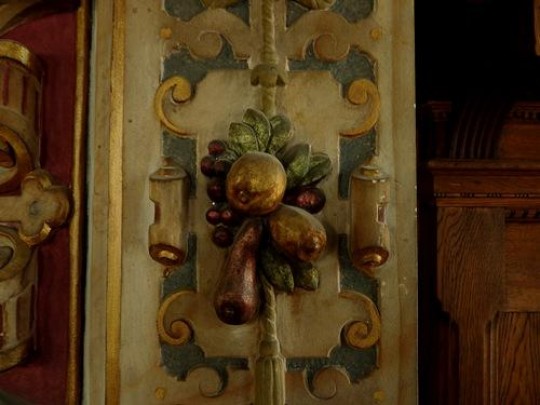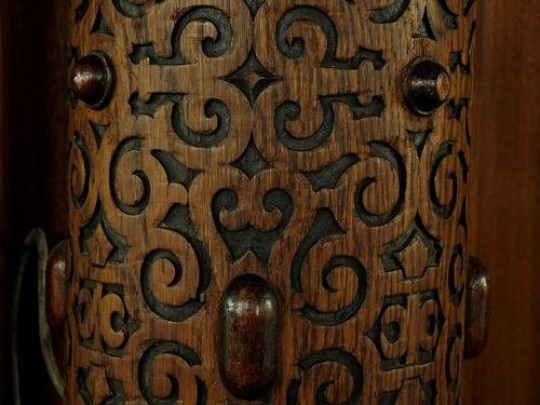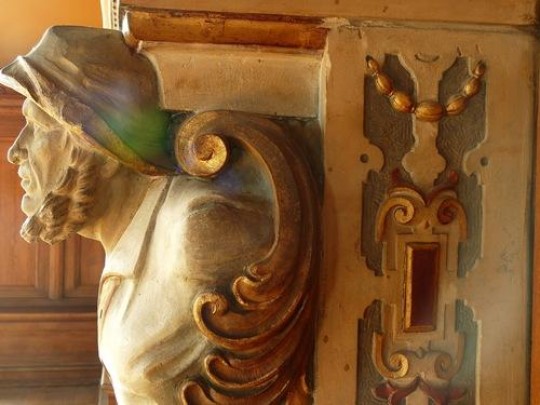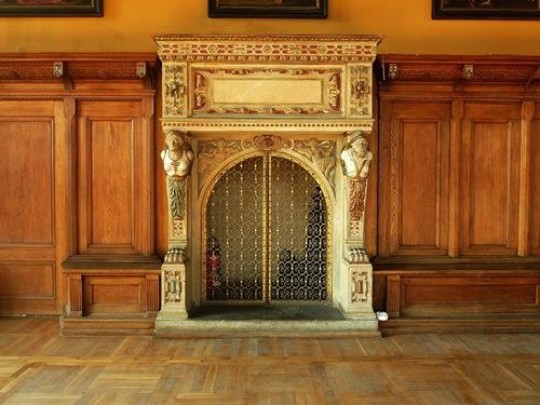The largest and most representative interior of the Old Town Hall, where in the past not only power was exercised (including judicial - the Old Town Hall was once directly connected to the neighboring prison building so that prisoners could be brought straight to the court), but also organized wonderful bourgeois celebrations.
At the end of the 18th century, when the Old Town lost its former right to independence, its authorities also ceased to function. Soon the entire building, including the Town Hall, became the seat of the Prussian court for a century. Unfortunately, this resulted in major changes in the interior layout: the Town Hall was divided into several smaller rooms. Only after 1910, when the court left the town hall interior, the hall regained its former layout and at the same time gained a new, neo-Renaissance design.
Among the works made at that time, the most noteworthy are two Neo-Renaissance fireplaces, a gallery supported on columns above the main entrance, and two pillars formed in artificial stone supporting the wooden ceiling, the beams of which largely belong to the original design.
The Town Hall is also decorated with several paintings, among which canvases depicting Sybille, a work by Adolf Boy, are of particular value. Two knightly portraits were painted in the mid-19th century in Königsberg and come from the collections of the National Museum in Gdańsk.
Currently, the largest room in the Old Town Hall is one of the centers of Gdańsk's cultural life - numerous scientific sessions and various artistic events take place here. The Town Hall is also available for commercial events.

